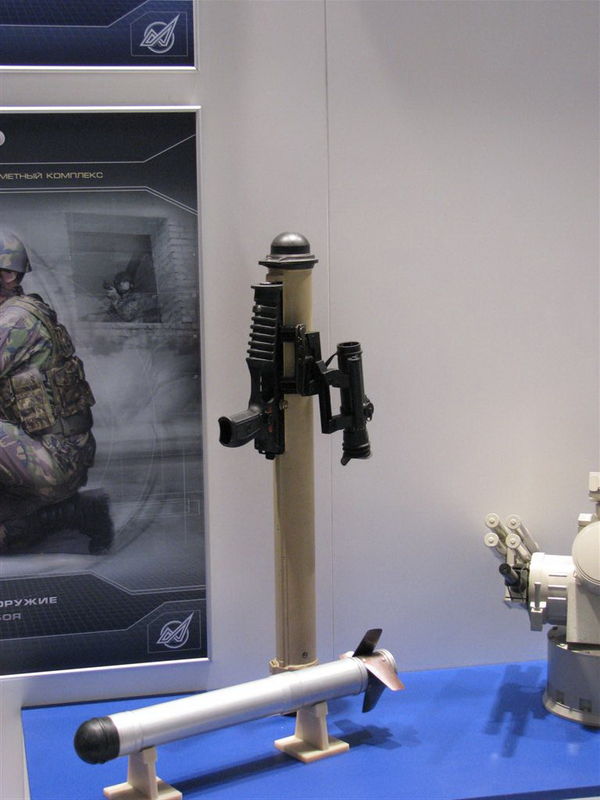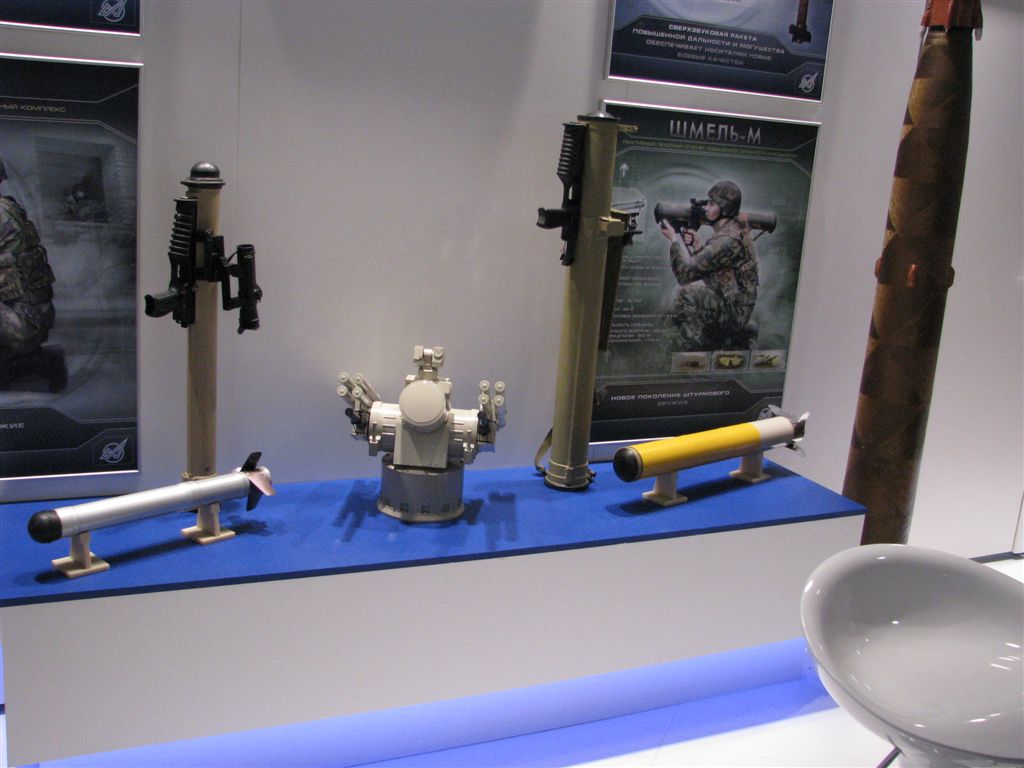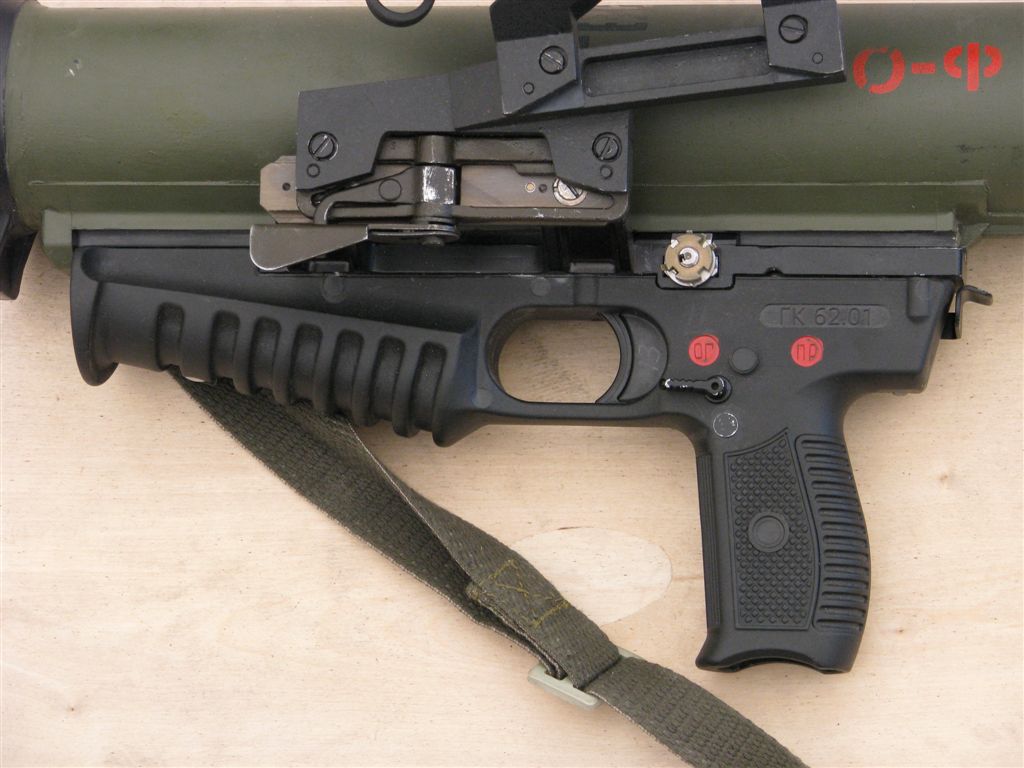Hi garry some really views/info, good point about the spg-9 being used in afghan i believe there were rounds which would explode once they got to a certain distance (1,200m) which was used to attack snipers hiding in cover.
It was cheap simple and ammo was available. In fact it was also widely used by civilian companies in the Former Soviet Union to deal with snow that was building up to set off avalanches and I know that for a period they used RRs in Canada for the same purpose. AFAIK in many places they have set up systems that use natural gas with electric detonators to set off avalanches in places prone to snow build up and helos with sticks of explosive for more remote places.
In places like Afghanistan where you can eventually locate a shooter that might be across the valley from you... the problem is how to engage him? RRs reach out and touch, are relatively mobile and the ammo is cheap and accurate out to 2km or more.
The RPG-7 would be a weapon i would have available if i was in charge of forces, your right in saying its anti tank role is limited to light armour and more suited to bunker busting/urban enviroment especially if using thermobaric rounds
The Thermobaric rounds do look very effective, but I would like to see a larger heavier fragmentation round too as the 40mm standard grenade looks a little small to me.
Regarding that vid... My god! you are a very brave man!!!
When you try to fire that RPG-2 and it fails and that guy just takes it and points it up while he has a look and makes an adjustment and then just hands it back for another go is quite frankly frightening.
For those that don't understand, standard policy with a miss fire is to keep the weapon pointed down range because it might be a hang fire. The RPG-2 has a simple design with a firing cap on the rocket that is hit by a firing pin in the mechanism. When you load a rocket you are supposed to line the primer with the firing pin. By the look of it it is probably not standard ammo so that guy is having problems lining the firing pin with the primer so the rocket motor is not being ignited. Of course if it is a faulty primer it could launch while he is holding it with the rocket pointing up and the rocket exhaust pointed and your feet....!!!!
Notice most of the men stay with the vehicle... and the guy that seems to handle the weapon never takes his helmet off...
Working with Explosives is like working with high voltage electricity... you only have to make one mistake and that is it so you should always be super careful.
doc's decided not to bother taking it out. lool.
Would be an awesome souvenir...
Nice video... thanks for sharing...

Against AFVs with their APS, RPG-7s wont probably stand a chance,
A volley of 4-5 RPGs from different directions at once would make life hard for even the best APS, and at the very least use up defensive munitions that might deplete the system and make it vulnerable to more powerful weapons.
but with frag against infantry, they will be very effective. Ofc. infantry would be wearing advanced forms of flak vest so larger frag warheads would be needed along with cheap guidance for mini UAVs.
Actually even with the heaviest flak vests arms and legs are still vulnerable... as are faces. With the right design with enormous numbers of small high velocity fragments such a rocket could be devastating.
If you look here on this site there were a couple of excellent videos posted about the RPGs and grenade launchers in the Russian military and I distinctly remember one with 40mm under barrel grenades detonating amongst a whole lot of balloons representing potential targets to show the lethal effect and coverage of the fragments... and it was impressively effective.
The main problem with rockets that explode at specific ranges is that if it is not variable then actually getting your target to actually be in that range when you fire can come down to blind luck... you can plan to have a launch position 1,000m from where the enemy helos will be, but when your rockets self detonate at between 950m and 1,050m and your rockets don't have a 100m lethal fragment radius then in actual practise what you are really doing is aiming for the target at near max range with a very low chance of a hit, but hoping you might get lucky and have the rocket self destruct in the right place anyway. Having a round that spreads good sized fragments over a wide area greatly improves your chances.
To answer the original question again... if you already have plenty of these systems... and they are all very widespread, then continuing to use them certainly makes sense.
If however you actually do have some money and don't like to risk the lives of your soldiers with old dodgy ammo then newer models become more appealing if they can be acquired.
Specifically the RPG-7v2 still make sense as a primary support weapon. The SPG-9 was largely replaced by a combination of the 73mm gun of the BMP-1 that fired very similar ammo and ATGMs. The BMP-1 was fitted with the 73mm gun to cover the first 300m where the AT-3 was not so good as it was being gathered by the guidance system.
The 100mm 2A70 rifled gun of the BMP-3 replaced both the 73mm gun and the Sagger missile with its powerful HE FRAG shell and its laser guided missile... the former cheap and more powerful than the SPG-9 and the latter offering guidance and longer effective range, though it was not cheap at the time it is cheaper and much more mature now.
And of course the Sagger, that was initially replaced with an AT-4 and then with the dual use AT-4/-5 launcher, which used rather more effective missiles and simpler guidance, though later model Sagger systems also use CLOS guidance too.
Currently the Metis-M1 would be the ideal replacement for the Sagger as it is cheap and simple and effective and actually more portable than the original Sagger.
There are upgraded models of Sagger that improve penetration to 800mm, but that only makes sense if you already have lots of Saggers.
I would think that the next step in Russian RPG design will have a unified launcher that can have a range of rocket calibres and types attached to a gripstock with a laser range finder and ballistics computer that will project an illuminated aim point in the sight based on the ammo loaded and range to the target and other variables to make the hit probability as high as possible without the complexity and cost of guided rockets. A simple ram air gyro could be used to simplify the flight path of the rocket making it more accurate without adding too much cost and reducing error in high crosswinds.








